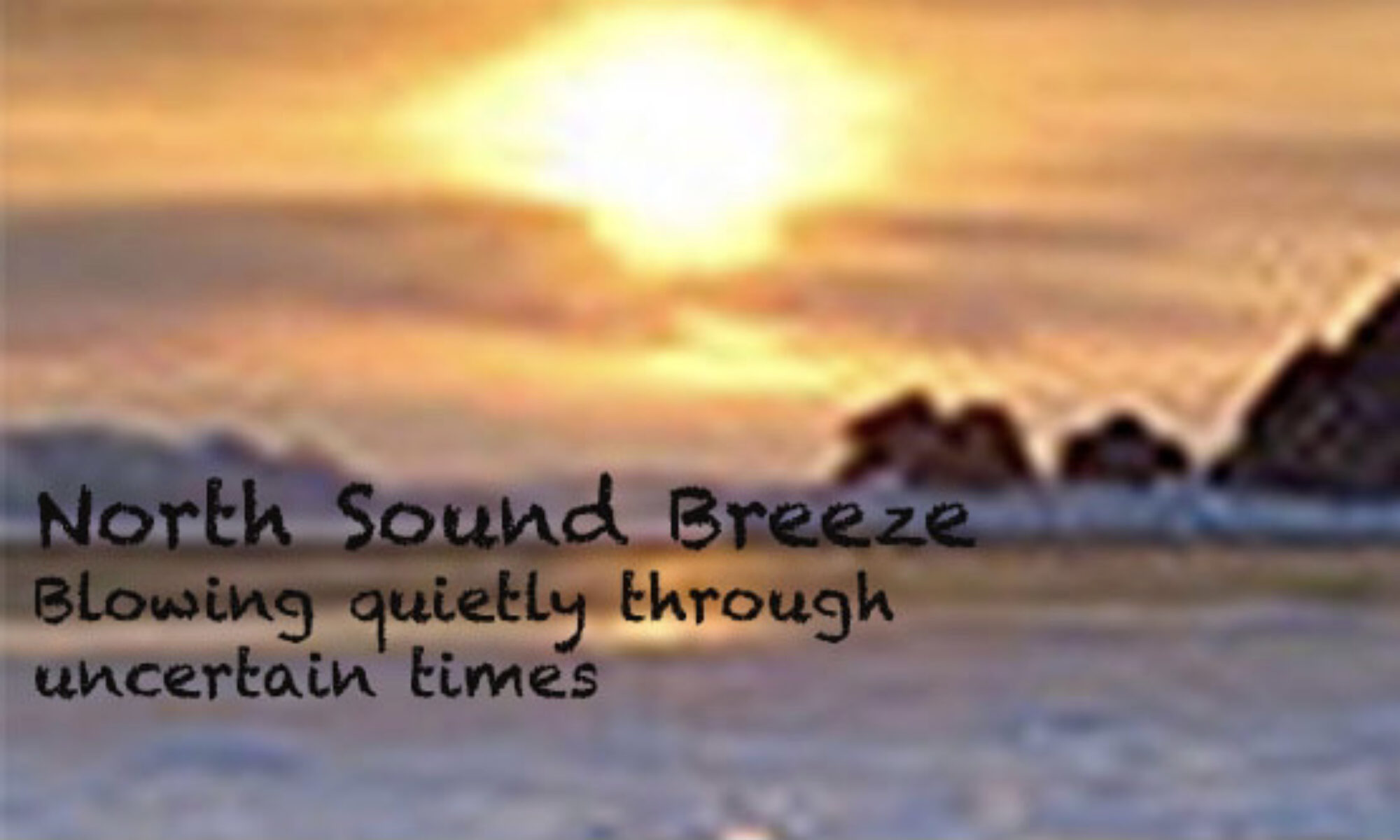Am re-posting a memory I shared several years ago… it still holds my thoughts of the season, and of the times in which we now live. This is an experiment on my part, not sure it will work. Simply click on the address below and my Christmas post should appear. If it does, hope you enjoy!

North Sound Breeze
Blowing Quietly Through Uncertain Times